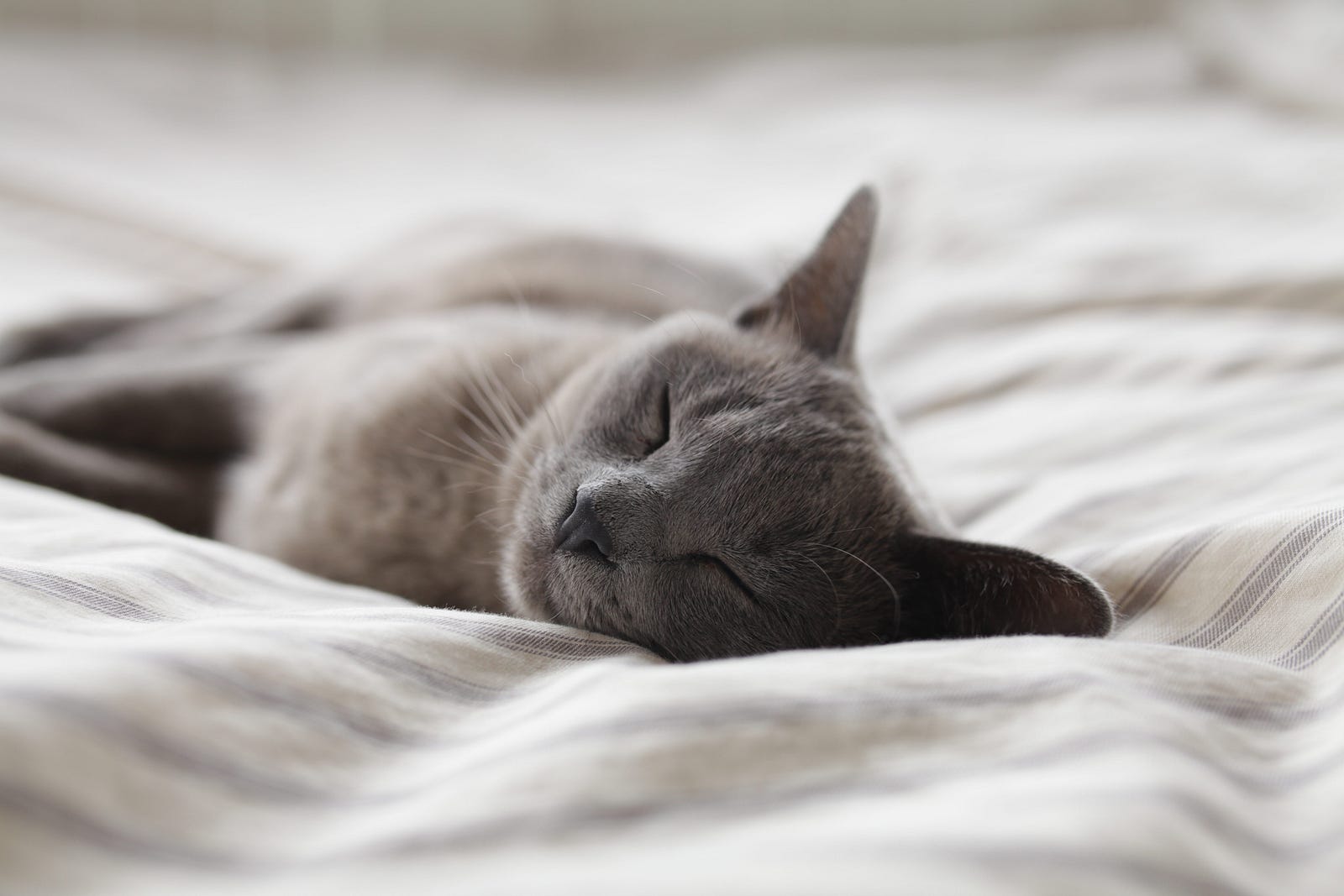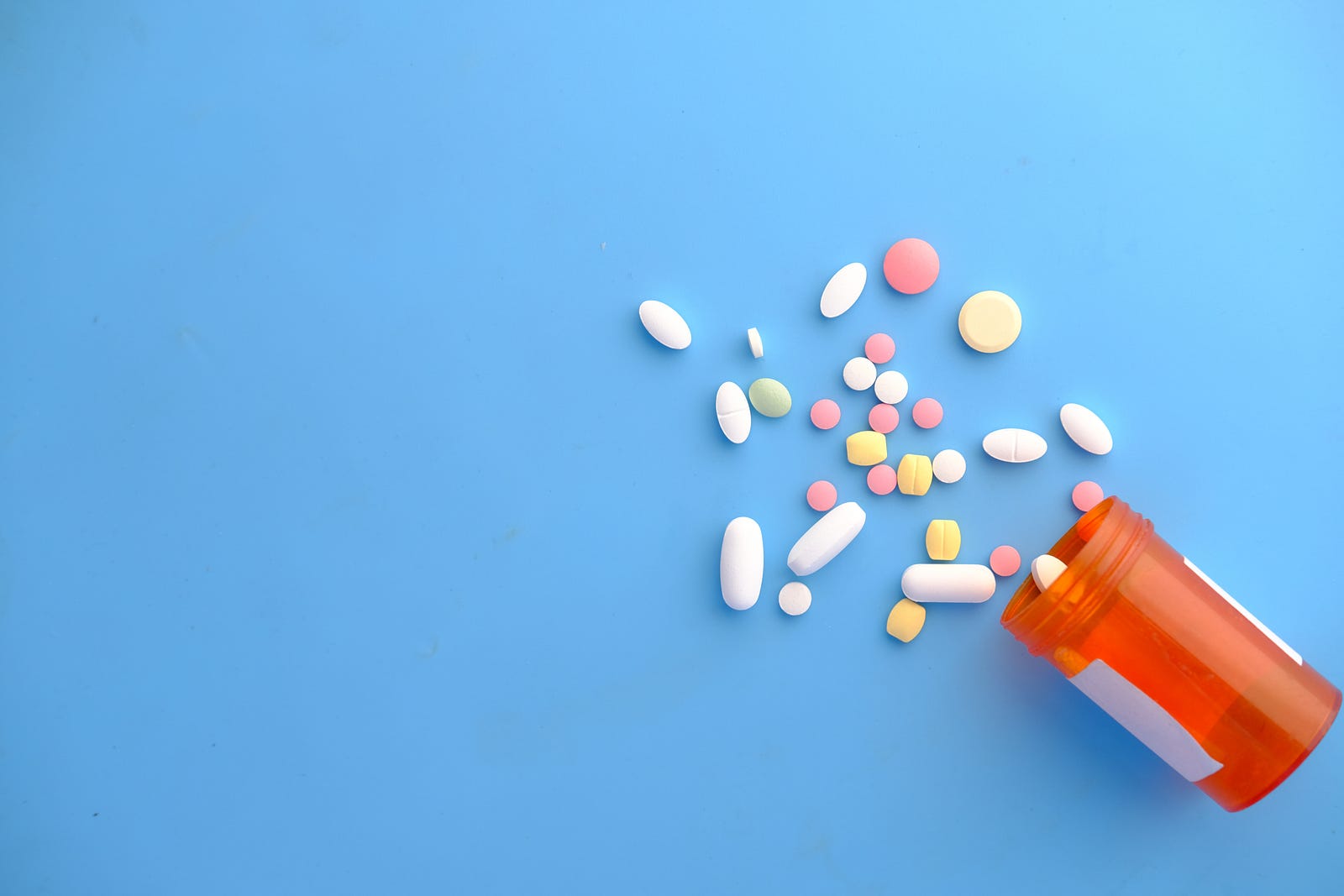CONTINUOUS POSITIVE AIRWAY PRESSURE (CPAP) machines are the primary treatment approach for sleep apnea. However, CPAP is one of many management tools. But CPAP is not the only management tool. Today we explore various sleep apnea management tools.
“The most solid advice for a writer is this, I think: Try to learn to breathe deeply, really to taste food when you eat, and when you sleep really to sleep. Try as much as possible to be wholly alive with all your might, and when you laugh, laugh like hell. And when you get angry, get good and angry. Try to be alive. You will be dead soon enough.”
― William Saroyan, The Daring Young Man on the Flying Trapeze and Other Stories
What is Sleep Apnea?
Sleep apnea is when an individual experiences breathing pauses while sleeping. Such pauses can last for several seconds to minutes and occur many times throughout the night.
Sleep apnea is typically characterized by loud snoring, gasping, or choking sounds when the person’s breathing resumes after each pause.
There are three types of sleep apnea:
- Obstructive sleep apnea. This type is the most common form of sleep apnea. It happens when the throat muscles intermittently relax, blocking the airway during sleep. One symptom of obstructive sleep apnea is snoring. Management can include a device that uses positive pressure to keep the airway open during sleep. Alternatively, a mouthpiece can thrust the lower jaw forward during sleep. For some, surgery might be an option.
- Central sleep apnea. This apnea type occurs when the brain fails to send the proper signals to the muscles that control breathing. Central sleep apnea typically occurs because of a serious illness (for example, one affecting the lower brainstem, which regulates breathing). It can also result from other conditions like heart failure, stroke, or sleeping at a high altitude.
- Complex sleep apnea syndrome. Sleep apnea occurs when the brain fails to signal properly the muscles that control breathing. Complex sleep apnea syndrome is a combination of obstructive and central sleep apnea.
Sleep apnea can lead to various health problems, including daytime fatigue, headaches, high blood pressure, and an increased risk of heart disease and stroke.
Management options include lifestyle changes, such as losing weight or avoiding alcohol and sedatives before bedtime and using a continuous positive airway pressure (CPAP) machine, which helps keep the airway open during sleep.
What are Sleep Apnea Symptoms
Common symptoms of central sleep apnea, according to the Mayo Clinic (USA), include:
- Episodes of abnormal breathing patterns or not breathing during sleep
- Abrupt awakenings accompanied by shortness of breath
- Insomnia
- Hypersomnia (excessive daytime sleepiness)
- Difficulty concentrating
- Mood changes
- Morning headaches
- Snoring
While snoring indicates some airflow obstruction, snoring can also present with central sleep apnea. However, snoring may not be as prominent with central sleep apnea.
Sleep Apnea Management
We have several sleep apnea management options, depending on the severity of the condition severity and underlying cause. Here are some common ways to manage sleep apnea:
- Continuous Positive Airway Pressure (CPAP) therapy. CPAP therapy includes wearing a mask over your nose or both nose and mouth that delivers a continuous stream of air pressure into your airway, preventing it from collapsing during sleep. There are other devices similar to CPAP, including Automatic positive airway pressure (APAP) ones for those not responding to CPAP.
- Oral appliances. Certain oral appliances, such as a mandibular advancement device (MAD), can be worn at night to hold your jaw and tongue forward, preventing your airway from collapsing. Mandibular advancement device use has been a novel method of managing snoring and obstructive sleep apnea. For mild to moderate sleep apnea, MADs have been a boon. A guideline published by the American Academy of Sleep Medicine in 1995 stated that MAD was indicated as first-line therapy for mild OSA and second-line therapy for moderate to severe OSA.
- Surgery. Surgery may be necessary in severe cases of sleep apnea where other treatments have been unsuccessful. The type of surgery performed will depend on the cause of the sleep apnea.

Other sleep apnea management tools
- Positional therapy. This approach involves using devices or techniques that keep you in a specific sleep position to prevent the airway from collapsing, especially for those who only experience sleep apnea when lying on their back. Try sleeping on your side, even though doing so won’t solve the root problem. Also, consider a mattress that elevates your head. Pregnancy pillows sometimes help.
- Avoid certain medicines. Be extra cautious with opioids, a strong painkillers. Opioids can slow down your breathing rate and relax your breathing muscles. Other problematic medications include high-dose benzodiazepines, testosterone, muscle relaxants, and atypical antipsychotics or other drugs associated with weight gain. Ask your healthcare provider if it’s okay to use over-the-counter sleeping pills. You don’t want to mask an underlying breathing problem.
- Treat nasal congestion. This approach may help if you have mild sleep apnea.
- Lifestyle changes. Losing weight, getting physical activity, avoiding alcohol and sedatives, quitting smoking, and changing sleep positions can help alleviate sleep apnea symptoms. If you are going to drink, please consider: 1) Not drinking for at least three to four hours before bed; 2) limiting alcohol to weekends; 3) (if you are a heavy drinker) not cutting back to one or two daily.
Try avoiding heavy meals, spicy foods, and caffeine in the evening. Associated heartburn (reflux) can travel upwards from the stomach to irritate the upper breathing passage, worsening sleep apnea.

Finally, here are some alternative approaches, according to WebMD:
- Somnoplasty. Procedures in your doctor’s office can stiffen and shrink your soft palate tissues.
- Upper airway stimulation (UAS). You might be offered an Inspire device if you cannot use CPAP. The latter is an upper airway stimulator. Your doctor puts a small pulse generator under the upper chest skin. A wire that goes to the lung to detect your natural breathing pattern. Another wire rising to your neck sends signals to the throat muscle nerves, keeping them open. You may use a handheld remote control to turn it on before sleeping and off after you awaken.
- Medication. Drugs like solriamfetol (Sunosi) can treat apnea-related sleepiness.
Sleep Apnea Self-Care
Insufficient sleep can lead to numerous health problems, ranging from mental health problems (including depression) to weight gain. And, if you are like me, short sleep can cause irritability (or so, observes my nurse, Melissa).
Aim for seven to nine hours of sleep each day. If you get under seven, you may not improve even if you make other lifestyle changes or use a breathing tool.
Here are some additional strategies you may wish to try:
Mouth exercises. Oropharyngeal exercises are mouth, tongue, and facial muscle exercises. They can help improve daytime sleepiness, snoring, oxygen intake, sleep quality, and other sleep apnea symptoms.
Try a humidifier. A humidifier can help protect against CPAP failure.
Check your prescriptions. Ask your doctor about all the medicines you take to ensure they don’t worsen your condition.
Meditation. Certain yoga breathing exercises and meditation might help improve factors related to sleep apnea.
It’s important to consult a healthcare provider if you suspect you have sleep apnea, as it can lead to serious health complications if left untreated. Your healthcare provider can recommend the best management course for your specific needs.
5 Things You Need to Do to Get Better Sleep, Backed by Science
medium.com
If you know someone with breast cancer, here is my comprehensive online course:
Breast Cancer – What a Patient Needs to Know
Breast cancer information can be incredibly valuable for navigating breast cancer management.breastcancerbydrhunter.thinkific.com
The information I provided in this blog is for educational purposes only and does not substitute for professional medical advice. Please consult a medical professional or healthcare provider for medical advice, diagnoses, or treatment. I am not liable for risks or issues associated with using or acting upon the information in this blog.
Thank you for reading “Sleep Apnea Tools.”




